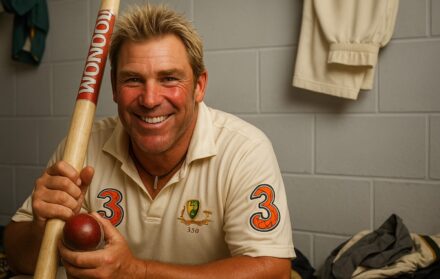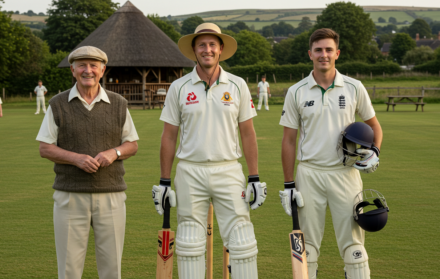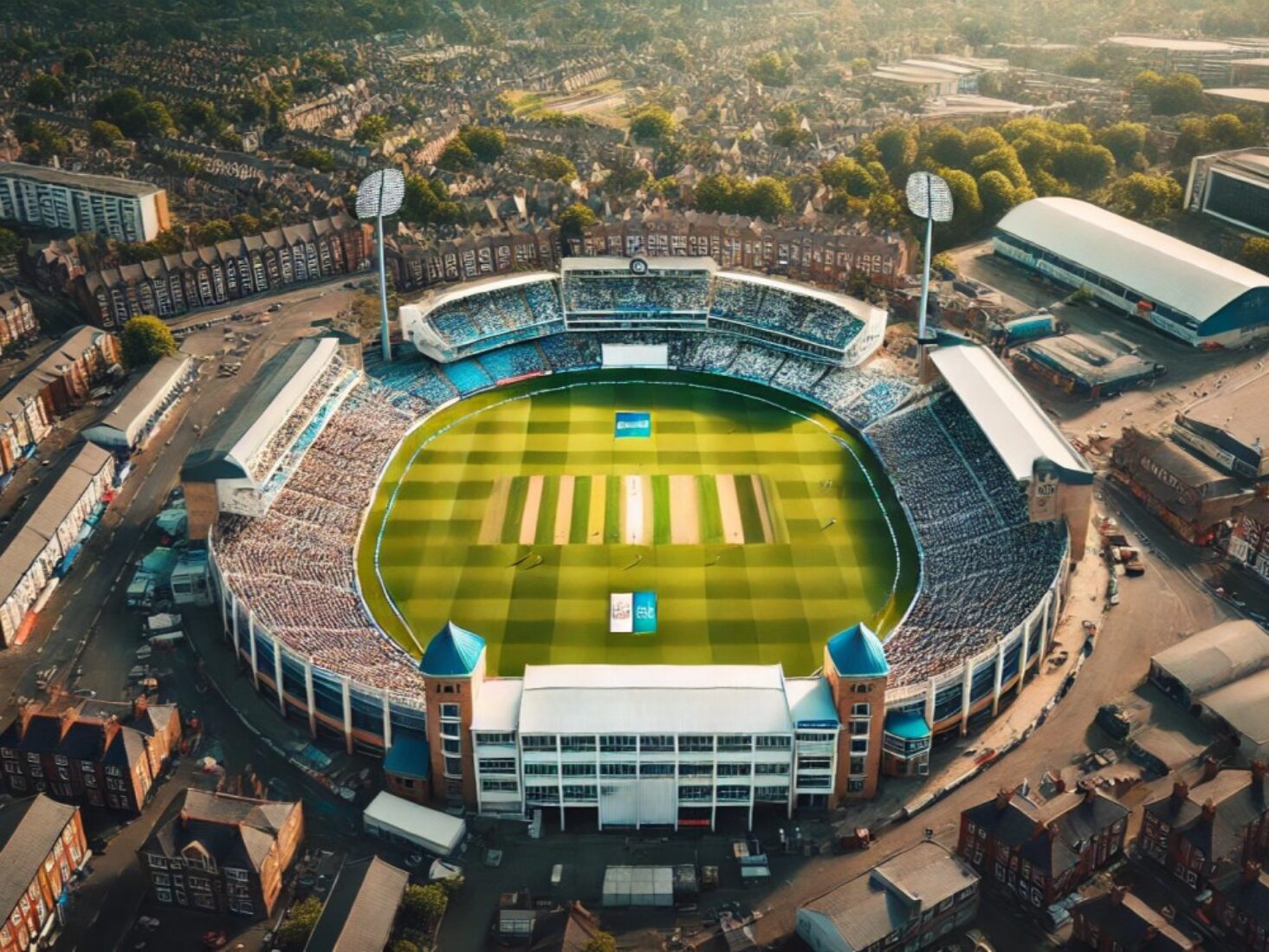
The Evolution of Headingley Cricket Ground
The Headingley Cricket Ground, located in Leeds, England, is one of the most iconic venues in the world of cricket. Over the years, it has witnessed numerous memorable moments and has undergone significant transformations that reflect the evolution of the sport itself. Understanding the journey of Headingley from its inception to its current status offers a fascinating glimpse into the broader history and development of cricket.
Cricket, as a sport, has a rich and extensive history. Its origins can be traced back to the 16th century, and over time, it has grown into a global phenomenon with a passionate following. The history and evolution of cricket provide context for the significance of venues like Headingley. These grounds are not just places where matches are played; they are hallowed sites where history is made, and legends are born.
Headingley’s journey can be compared to other legendary cricket grounds around the world. For instance, The Oval in London and Lord’s Cricket Ground are two other venues that have played crucial roles in the development of cricket in England. Each of these grounds has its own unique story, contributing to the rich tapestry of cricket history.
Similarly, famous international grounds like Eden Gardens in India and Newlands Cricket Ground in South Africa have their own legacies. These venues, like Headingley, have seen countless historic matches and have undergone numerous changes to accommodate the growing needs of the sport and its fans.
The transformation of cricket grounds is a testament to the evolving nature of the sport. The Dubai International Cricket Stadium, with its state-of-the-art facilities, exemplifies modern advancements in cricket infrastructure. Similarly, the transformation of Old Trafford in Manchester showcases how traditional venues have adapted to contemporary requirements while preserving their historic charm.
Headingley has also evolved, keeping pace with these global trends. Its significance is not only rooted in its historical moments but also in its ability to adapt and modernize. This balance of tradition and innovation is what makes Headingley and other iconic cricket stadiums special. For example, Wankhede Stadium in Mumbai and Wanderers Stadium in Johannesburg have both maintained their storied pasts while embracing modernity.
The stories behind these grounds add depth to their legacy. The story of Sabina Park in Jamaica, for instance, is filled with tales of triumph and tragedy that have shaped its character. Similarly, the ongoing journey of Headingley is marked by milestones that have contributed to its standing as a premier cricket venue.
Comparing these venues helps in understanding the broader narrative of cricket stadiums worldwide. The unique features of the iconic cricket stadiums, such as the Melbourne Cricket Ground in Australia or the Adelaide Oval, illustrate how each ground contributes to the sport’s legacy. The Sydney Cricket Ground, for instance, is renowned for its rich history and unique architectural features.
Understanding the evolution of Headingley also involves looking at how cricket stadiums differ around the world. Each ground has its own story, climate, and culture, which influence the way cricket is played and experienced. This global perspective is crucial for appreciating the unique place that Headingley holds in the world of cricket.
The evolution of Headingley Cricket Ground is a microcosm of the broader changes and developments in the sport of cricket. By examining its history and transformations, we can gain a deeper appreciation for the ground’s significance and its place in the annals of cricket history. The journey of Headingley is intertwined with the stories of other iconic venues, all of which collectively contribute to the rich and diverse heritage of cricket.
The Early Years

The origins of Headingley Cricket Ground date back to 1888, when the Leeds Cricket, Football and Athletic Company leased 10 acres of land from the Cardigan Estate. The ground was established with the intention of creating a multi-sport venue that could host cricket, rugby, and athletic events. The first cricket match at Headingley took place on September 11, 1890, when Yorkshire played Kent. Despite its basic facilities, the ground quickly became a popular venue for local and county cricket.
In the early years, Headingley was characterized by its simple stands and minimal amenities. Spectators would often bring their own seating or stand along the boundary to watch the matches. The ground’s capacity was modest, but its atmosphere was electric, with passionate fans cheering on their teams. Yorkshire County Cricket Club, one of the most successful and historic clubs in English cricket, made Headingley its home ground. This period laid the foundation for Headingley’s reputation as a cricketing hub.
Significant developments in the 1920s and 1930s saw Headingley expand and improve its infrastructure. The construction of the Main Stand in 1933 marked a major milestone, providing covered seating and better facilities for spectators. This expansion increased the ground’s capacity and enhanced the overall matchday experience. The early years also saw iconic cricketing moments, such as Don Bradman’s historic innings of 334 runs in 1930, which solidified Headingley’s status as a venue where history is made.
Post-War Reconstruction
Following World War II, Headingley Cricket Ground faced the challenge of rebuilding and modernizing its facilities. The war had caused significant damage to the infrastructure, and there was a pressing need to restore the ground to its former glory. The post-war era marked a period of reconstruction and development, with efforts focused on improving the spectator experience and accommodating the growing popularity of cricket.
The late 1940s and 1950s saw the construction of new stands and the installation of modern amenities. These developments helped re-establish Headingley as a premier cricket venue. The introduction of floodlights in the 1960s allowed for day-night matches, adding a new dimension to the cricketing experience. Headingley’s ability to adapt and innovate during this period ensured that it remained a key player in the world of cricket.
The post-war era also witnessed several historic matches and memorable performances at Headingley. One of the most notable moments came in 1952 when Fred Trueman delivered a remarkable bowling performance against India, taking 8 wickets for 31 runs. Trueman’s exploits made him one of the most celebrated fast bowlers in cricket history. The 1971 Test match against Australia, where England secured a dramatic victory under the leadership of Ray Illingworth, is another highlight. These matches not only captivated fans but also cemented Headingley’s reputation as a ground where cricketing legends are born.
Modernization and International Recognition
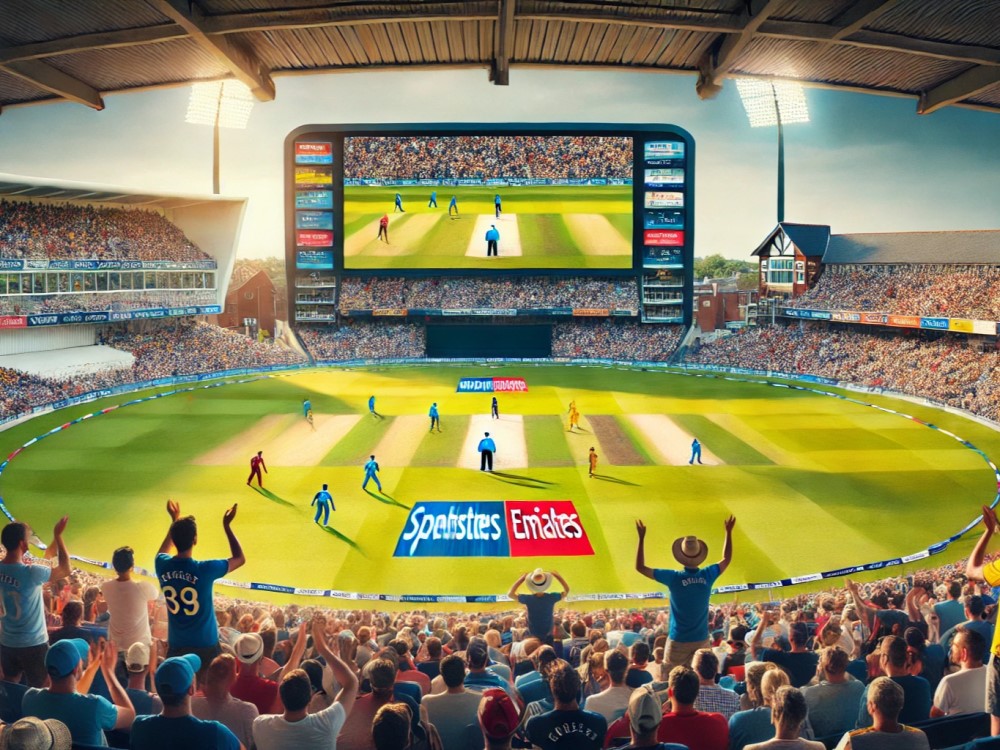
The late 20th and early 21st centuries were transformative for Headingley Cricket Ground. The ground underwent significant modernization to meet the demands of contemporary cricket and to enhance its international appeal. Extensive redevelopment projects were undertaken to improve facilities, increase capacity, and provide a world-class experience for players and spectators alike.
One of the major milestones in this period was the construction of the Western Terrace and the replacement of the Main Stand. These developments provided modern seating arrangements, hospitality suites, and media centers, significantly elevating the ground’s status. The introduction of the state-of-the-art Carnegie Pavilion in 2010 further enhanced Headingley’s infrastructure. This modern structure houses hospitality suites, media facilities, and player amenities, showcasing the ground’s commitment to excellence.
Headingley’s modernization efforts were complemented by its role in hosting prestigious international tournaments. The 1999 Cricket World Cup saw several key matches played at Headingley, including the dramatic semi-final between Australia and South Africa. The ground’s ability to host high-profile events was further demonstrated during the 2019 Cricket World Cup, where it hosted thrilling matches that captivated global audiences. These events elevated Headingley’s status on the international stage and solidified its reputation as a premier cricketing venue.
Iconic Matches and Moments
Headingley Cricket Ground has been the stage for numerous iconic cricketing moments that have etched its name in the annals of the sport’s history. These matches not only captivated fans but also showcased the ground’s unique ability to produce thrilling and memorable performances. The rich legacy of Headingley is punctuated by several unforgettable events that have become part of cricket folklore.
One of the most iconic moments at Headingley occurred during the 1981 Ashes series. Known as “Botham’s Ashes,” this match saw Ian Botham deliver an extraordinary performance to lead England to an improbable victory against Australia. After following on, England was in a precarious position, but Botham’s heroic innings of 149 not out turned the game around. Bob Willis then bowled a sensational spell, taking 8 wickets for 43 runs, to secure a historic win. This match is widely regarded as one of the greatest comebacks in cricket history.
Another unforgettable moment came in 2001 when Mark Butcher played a heroic innings against Australia. Chasing a target of 315 runs, Butcher’s unbeaten 173 guided England to a stunning victory. His remarkable performance showcased his batting prowess and added to Headingley’s legacy as a ground where extraordinary feats are achieved. These matches, among others, have made Headingley a venue synonymous with dramatic and thrilling cricket.
The 2019 Ashes Test at Headingley added another legendary chapter to the ground’s history. Ben Stokes’ incredible innings of 135 not out led England to a miraculous victory against Australia, chasing down a target of 359. Stokes’ heroic performance, characterized by skill, determination, and resilience, captivated cricket fans around the world. This match reaffirmed Headingley’s status as a stage for epic cricketing battles and showcased the ground’s enduring appeal.
Cultural Impact and Community Engagement
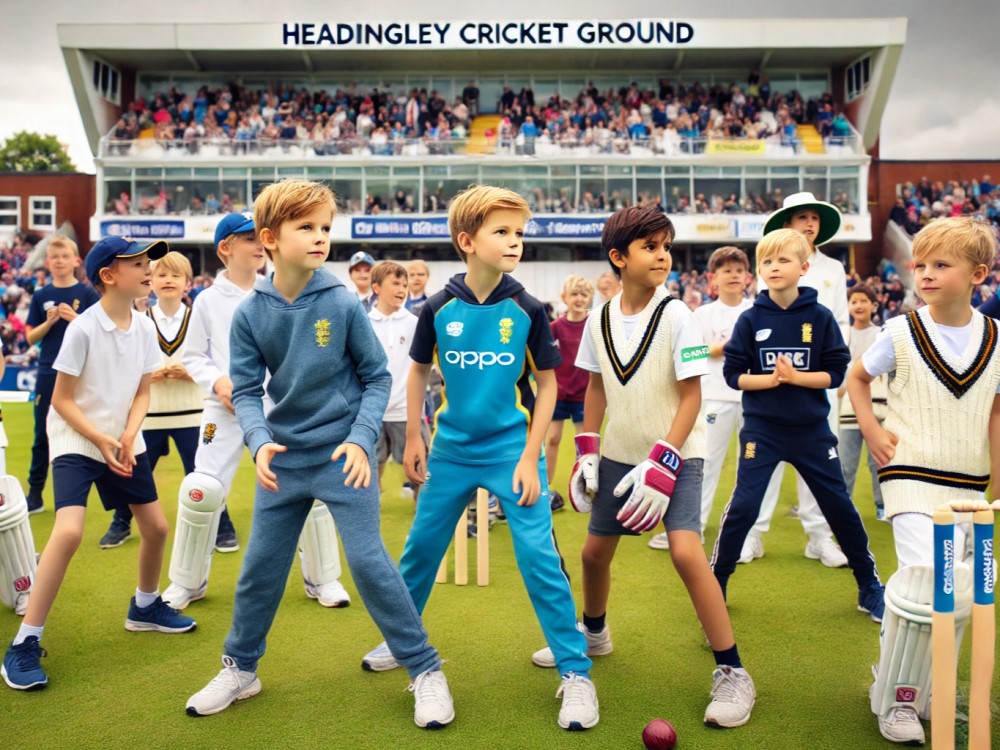
Beyond its cricketing achievements, Headingley Cricket Ground has made significant contributions to the community and the broader world of sports. The ground’s cultural impact and community engagement initiatives have strengthened its connection with fans and reinforced its role as a cherished institution in Leeds and beyond.
Headingley is home to the Yorkshire Cricket Academy, which plays a crucial role in nurturing young talent and promoting the development of cricket in the region. The academy has produced numerous players who have gone on to represent Yorkshire and England, contributing to the rich legacy of the ground. By investing in grassroots cricket and providing opportunities for young players, Headingley ensures the sport’s continued growth and success.
Community engagement has always been a core value at Headingley. The ground hosts various community events, charity matches, and youth programs, fostering a love for cricket and sports among the younger generations. These initiatives provide accessible opportunities for local residents to engage with the sport and experience the excitement of live cricket. Headingley’s commitment to community involvement has helped build a loyal and passionate fan base.
In addition to cricket, Headingley has hosted a range of cultural events, including concerts, exhibitions, and festivals. These events have brought diverse audiences to the ground and enriched the cultural landscape of Leeds. By serving as a versatile venue for a variety of activities, Headingley has reinforced its status as a central part of the community and a hub for cultural and sporting excellence.
Future Prospects and Sustainability
As Headingley Cricket Ground continues to evolve, its focus on sustainability and future developments remains paramount. The ground’s commitment to environmental stewardship and innovation ensures that it remains at the forefront of modern cricket venues while maintaining its rich heritage and appeal.
Recent developments at Headingley include the installation of eco-friendly facilities, such as solar panels and rainwater harvesting systems. These initiatives reflect the ground’s dedication to reducing its environmental footprint and promoting sustainability. By integrating green technologies and practices, Headingley sets an example for other sports venues and demonstrates its commitment to a sustainable future.
Looking ahead, Headingley is exploring plans for further expansion and improvements to maintain its status as a world-class venue. These plans include enhancing spectator facilities, increasing capacity, and incorporating cutting-edge technologies to improve the matchday experience. The ground’s ability to adapt and innovate will be key to its continued success and relevance in the ever-evolving world of cricket.
The future of Headingley Cricket Ground is bright, with a focus on preserving its rich history while embracing modern advancements. By balancing tradition with innovation, Headingley ensures that it remains a beloved venue for cricket fans and a symbol of the sport’s enduring spirit. The ground’s legacy, built on memorable matches, passionate supporters, and a commitment to excellence, will continue to inspire future generations of cricket enthusiasts.
Conclusion: The Enduring Legacy of Headingley Cricket Ground

Headingley Cricket Ground’s evolution from a modest sporting venue to a world-renowned cricketing arena is a testament to its rich history, cultural significance, and enduring appeal. The ground has hosted countless iconic moments, witnessed the rise of cricketing legends, and contributed significantly to the sport’s development and community engagement. As Headingley continues to evolve and embrace modern advancements, it remains a beloved venue for cricket fans and a symbol of the sport’s rich heritage.
The ground’s legacy is built on the memories of unforgettable matches, the passion of its supporters, and its role in the local community. From historic test matches and nail-biting finishes to the emergence of cricketing greats, Headingley has been the stage for some of cricket’s most memorable events. This storied past not only enhances the ground’s prestige but also deepens its connection with fans and players alike.
Headingley’s commitment to modernization ensures it remains at the forefront of international cricket. Recent upgrades and renovations have enhanced the spectator experience, providing state-of-the-art facilities while preserving the ground’s unique character. These improvements reflect a balance between honoring tradition and embracing innovation, ensuring that Headingley continues to be a premier venue for cricketing events.
Moreover, the ground’s contribution to community engagement through local cricket initiatives and events highlights its importance beyond just a sports venue. By fostering a love for the game at the grassroots level, Headingley plays a crucial role in nurturing the next generation of cricket enthusiasts and players.
Headingley Cricket Ground stands as a testament to the enduring legacy of cricket. Its rich history, cultural significance, and continual evolution make it a cherished venue that resonates with cricket fans worldwide. As it moves forward, embracing modern advancements while honoring its storied past, Headingley remains a beacon of cricket’s heritage and a symbol of the sport’s unending appeal.



